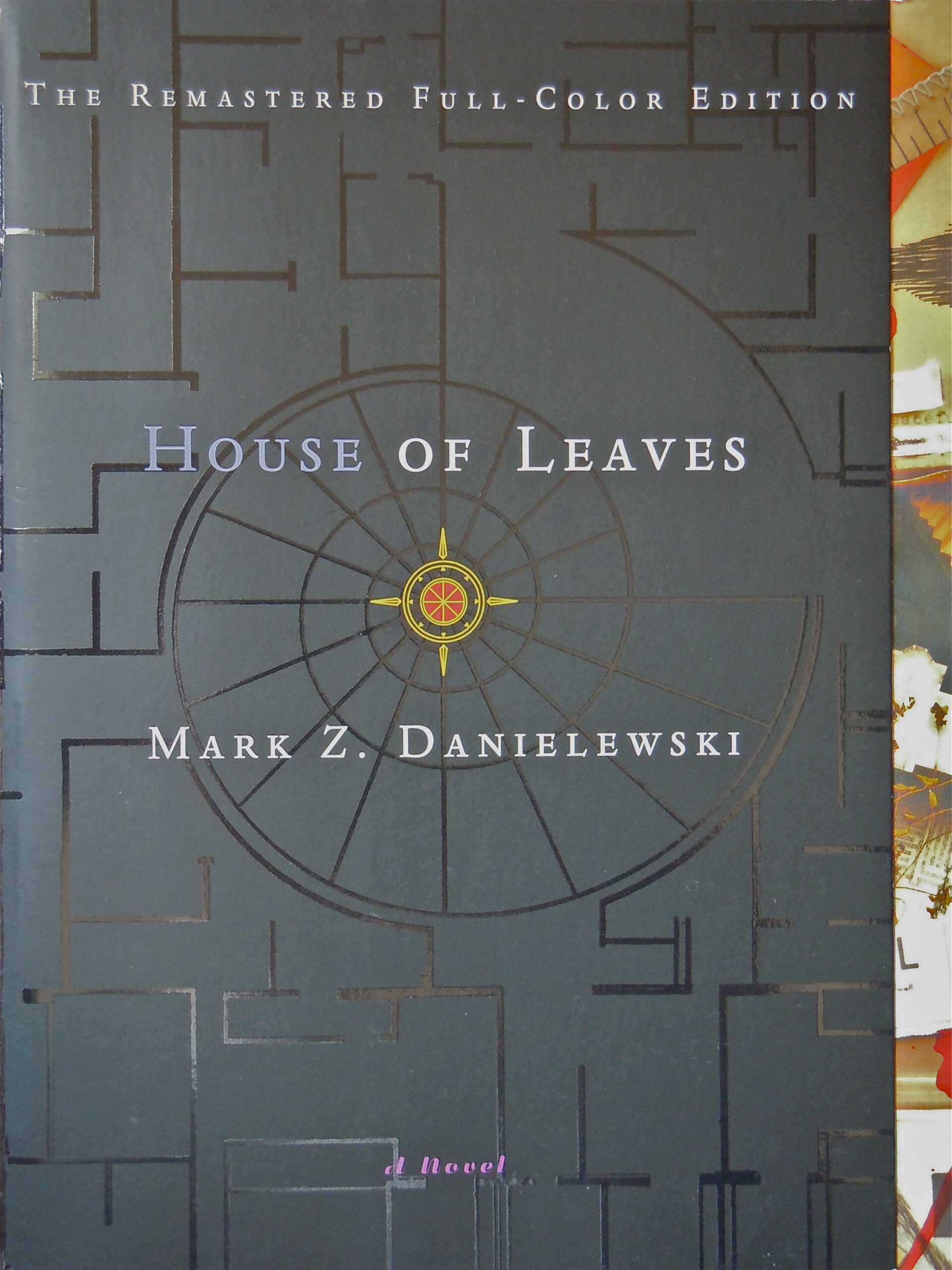 “House of Leaves” by Mark Z. Danielewski is a labyrinthine and unconventional narrative that defies traditional storytelling. The novel is presented as a found manuscript, an academic exploration, and a deeply personal account, all intertwined within its complex structure.
“House of Leaves” by Mark Z. Danielewski is a labyrinthine and unconventional narrative that defies traditional storytelling. The novel is presented as a found manuscript, an academic exploration, and a deeply personal account, all intertwined within its complex structure.
The plot revolves around a young couple, Will Navidson and Karen Green, who move into a seemingly ordinary house with their two children. However, the house proves to be anything but ordinary, as its interior dimensions begin to shift inexplicably, creating mysterious and terrifying spaces. As Navidson documents these anomalies through a series of film recordings, a documentary is born, but its disturbing nature takes a toll on the family’s sanity.
Parallel to this, we follow the story of the manuscript’s editor, Johnny Truant, who discovers the academic work of Zampanò—a blind man who meticulously documented Navidson’s experiences. As Johnny delves deeper into the manuscript, he uncovers a surreal and unsettling world that mirrors the disorienting nature of the house itself.
The narrative unfolds through multiple layers, including footnotes, appendices, and unconventional formatting, creating an immersive and challenging reading experience that mirrors the disconcerting events within the story.
Characters
The characters in “House of Leaves” are complex and multifaceted, adding layers of depth to the narrative. Will Navidson, a Pulitzer Prize-winning photojournalist, is driven by a desire to document and understand the inexplicable events in his home. Karen Green, his partner, provides an emotional anchor, grappling with the psychological toll of the unfolding horror.
Johnny Truant, the enigmatic editor of Zampanò’s manuscript, serves as the bridge between the readers and the events within the house. His descent into madness mirrors the psychological horror of the main narrative, blurring the lines between fiction and reality.
Zampanò, though deceased, plays a pivotal role through his academic work, offering a scholarly perspective on the Navidson Record. His blindness becomes symbolic, representing the unseen and unknown aspects of the narrative.
The characters in “House of Leaves” are not mere conduits for the plot; they are intricately woven into the fabric of the novel, contributing to its eerie atmosphere and psychological depth.
House of Leaves Ending Explained (Spoilers Ahead)
The ending of “House of Leaves” is intentionally ambiguous, leaving room for interpretation. As Johnny delves deeper into Zampanò’s manuscript, his mental state deteriorates. The line between reality and fiction becomes increasingly blurred, culminating in Johnny’s spiral into madness.
The house itself is a metaphor for the subconscious, and as Johnny navigates its labyrinthine depths, he confronts his own psychological demons. The Minotaur, a mythical creature in Greek mythology, is a recurring motif symbolizing the monster within, the darkness that resides in the recesses of the mind.
The shifting narrative perspectives and unreliable narrators contribute to the novel’s enigmatic nature. Readers are left to question the authenticity of the events, blurring the lines between reality and fiction. The open-ended conclusion invites readers to contemplate the nature of truth, perception, and the impact of storytelling on one’s psyche.
4. Frequently Asked Questions
Is It Based on a True Story? No, “House of Leaves” is a work of fiction. While it incorporates elements of horror and psychological thriller genres, the story and characters are entirely products of Mark Z. Danielewski’s imagination.
What Is the Main Idea of the Book? At its core, “House of Leaves” explores the nature of perception, the unreliability of narrative, and the impact of psychological trauma. The house serves as a metaphor for the subconscious mind, and the novel challenges readers to question reality and the boundaries between fiction and truth.
Is This Book Worth Reading? For readers who enjoy unconventional narratives, experimental writing styles, and psychological horror, “House of Leaves” is undoubtedly worth exploring. It offers a unique reading experience that pushes the boundaries of traditional storytelling.
What Is the Symbolism in This Book? Symbolism permeates “House of Leaves,” with the house itself representing the depths of the human psyche. The Minotaur, the labyrinth, and the shifting dimensions all contribute to a rich tapestry of symbols that invite readers to delve into the layers of meaning within the narrative.
In conclusion, “House of Leaves” is a literary maze that challenges and captivates readers in equal measure. Its intricate narrative, complex characters, and thought-provoking themes make it a standout work in contemporary literature. While its unconventional style may not be for everyone, those willing to navigate its twists and turns will find a deeply rewarding and haunting reading experience.

